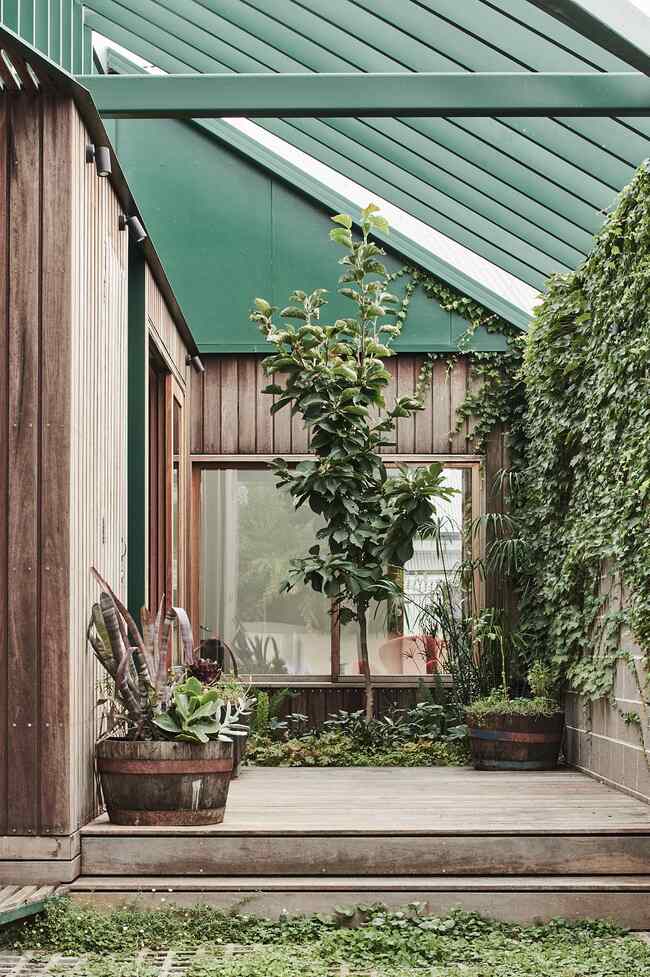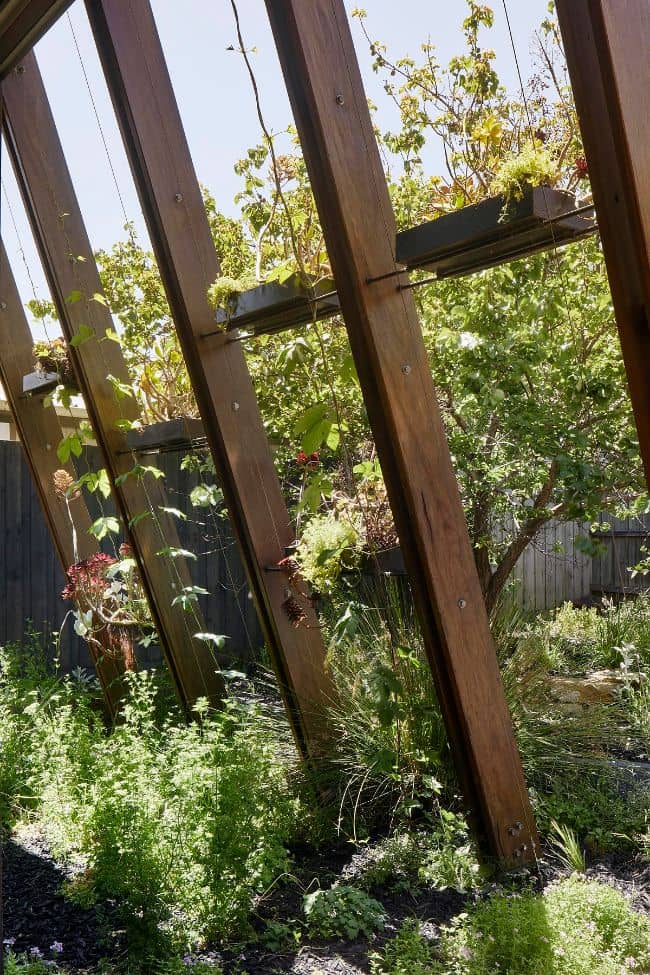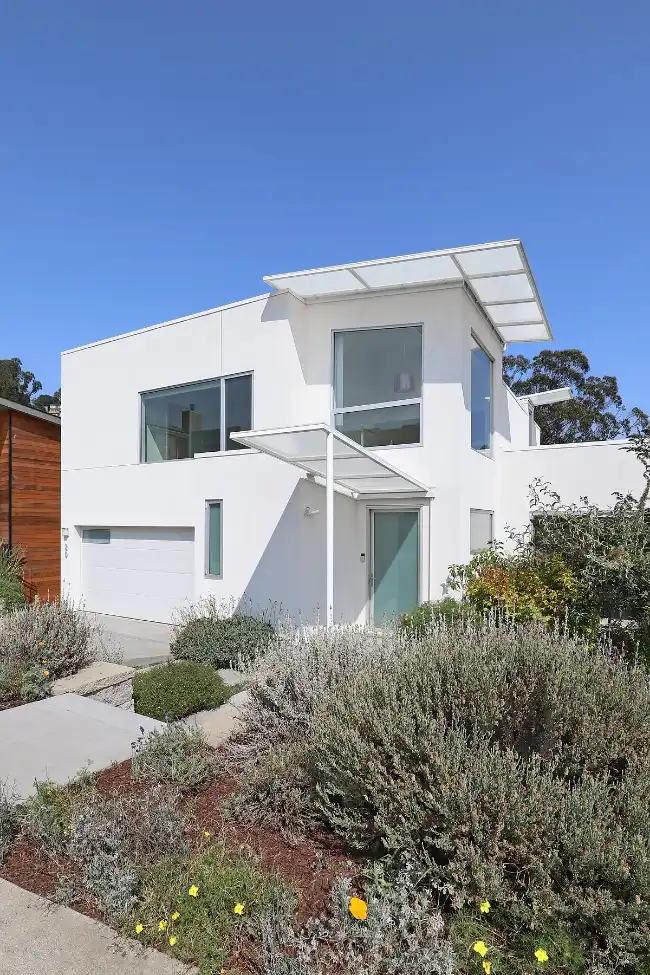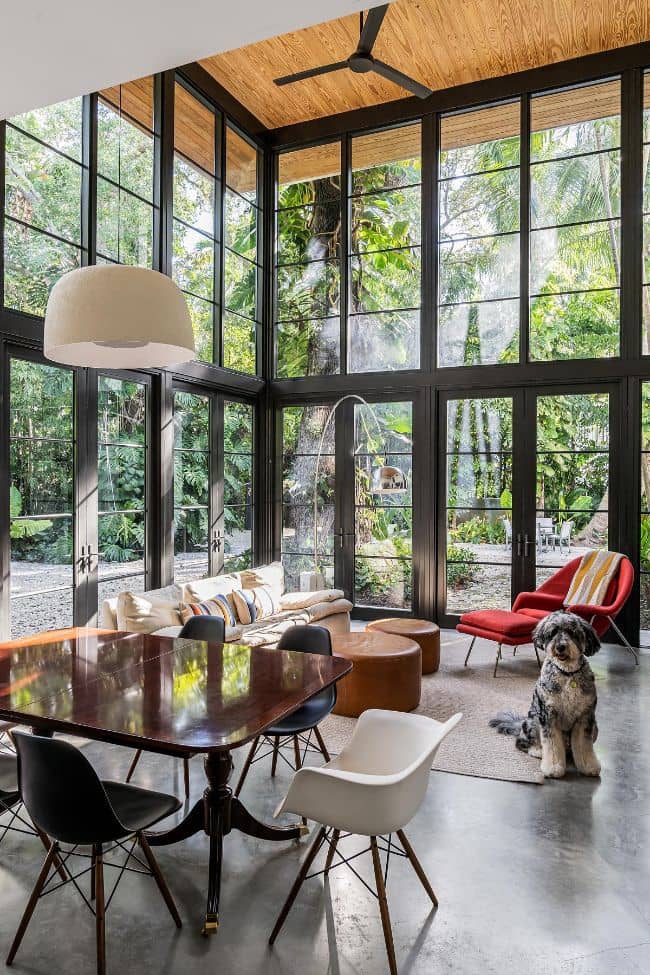
Holistic Home Design and Temperature Regulation
Understanding how architecture, environment, and human experience interact is key to holistic design. The holistic approach to house design aims to build homes that support wellness, comfort, and ecological balance rather than viewing it as a straightforward process of putting materials into structures. Temperature control is a key component of this design concept, ensuring that homes stay cozy during seasonal changes without overly relying on artificial heating or cooling systems.
The Role of Natural Solutions in Temperature Regulation
Many places rely on air conditioning to beat the summer heat. Air conditioning systems offer immediate cooling relief, and embracing natural temperature regulation methods can benefit both the environment and reduce energy expenses. While utilizing architectural features, material selections, and landscaping to preserve comfort, holistic design promotes the use of natural solutions for temperature regulation. This can entail employing thermal massing, adding green roofs and walls for insulation, or strategically arranging windows to reflect or capture sunlight. Look for reliable air conditioning Brighton specialists that can provide natural temperature regulation solutions, striking a balance between immediate cooling relief and long-term benefits for both the environment and your energy expenses.
Optimal Material Choices for Thermal Comfort
A home’s ability to regulate its temperature is greatly influenced by the materials used in its construction. Because of their inherent thermal qualities, conventional materials like stone, brick, and adobe have been used for ages by many cultures. These materials can moderate indoor temperatures by storing heat throughout the day and gently releasing it at night. Modern materials, on the other hand, offer techniques to stop heat transmission, keeping interiors cool in the summer and warm in the winter. Examples include aerated concrete and green insulating solutions. The goal is to choose building materials that are appropriate for the region’s climate and occupants’ unique needs.
Harnessing Landscaping and Vegetation
There are several ways to regulate temperature in nature. Plants can offer insulation and help with cooling, whereas trees can offer shade and serve as windbreaks. It is possible to create gardens, patios, or courtyards that are both visually beautiful and operationally successful by designing with temperature regulation in mind. For instance, deciduous trees on a property’s southern side can offer shade in the summer while letting light in during the winter when they lose their leaves. Similar to this, climbers and vines on walls can serve as organic insulation layers.
Balancing Aesthetics, Functionality, and Sustainability
While comfort and wellness are the main goals of holistic home design, aesthetics shouldn’t be sacrificed. A house ought to be a beautiful and inspiring location. Balancing aesthetic preferences with practical requirements and sustainability objectives is difficult. Today, many materials and design solutions provide this balance. Combining natural materials, imaginative accents, and novel architectural features may create beautiful, temperature-controlled homes.
Conclusion
Living places that are both sustainable and comfortable are more important than ever. The amount of energy needed to regulate temperatures artificially will rise as the consequences of climate change worsen. A blueprint for developing naturally pleasant houses that reduces our reliance on power-hungry devices is provided by holistic home design. Homes that are in tune with nature and responsive to human needs can be built by combining architectural skill, material innovation, and a deeper awareness of the environment.



